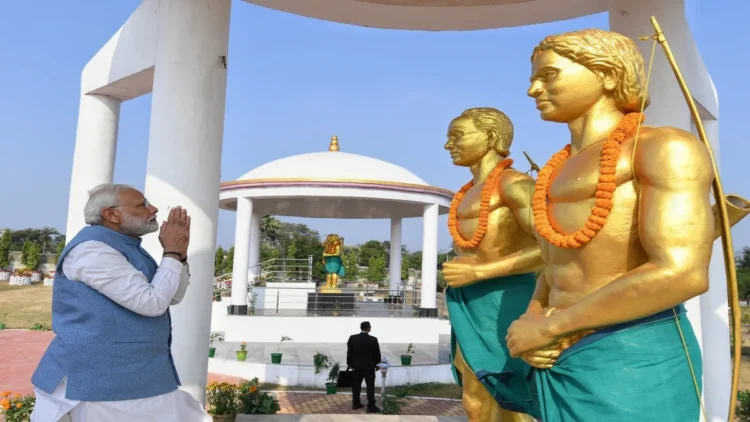Ranchi. Today Hul Day is being celebrated in Jharkhand. Hul Day is celebrated every year on 30 June every year in tribal dominated areas of Jharkhand and adjacent to it. The tribal communities remember the saga of the valor of their ancestors on this day. Santhal tribals live in Jharkhand and some areas of Bengal. In Santhali language, Hul means rebellion. Hul Day was the first freedom movement against the British. On 30 June 1855, Santhal tribals of Jharkhand revolutionized against the atrocities of the British. 50 thousand tribals living in 400 villages reached Bhoganadih village of Sahibganj on this date.
On reaching Bhoganadih village, the tribals under the leadership of tribal brothers Siddho and Kanho announced not to give the British to the British. The leaders of this rebellion were also Chand and Bhairav. The British started suppressing the Santhal tribals. On this, the tribals started killing the British fellow landlords and soldiers. After this, the British further cruel the Santhal tribals. His leaders Chand and Bhairav received the hands of the British to Veeragati. The British also caught Siddho and Kanho and on 26 July 1855 in Bhoganadih, he hanged himself from a tree and immortalized. In his memory, Santhal tribals celebrate Hul Day on 30 June every year. According to the British historian Hunter, 20 thousand tribals received Veeragati in the Hul revolution.
After the end of the Hul revolution, the British created Santhal Pargana in the year 1856. At the same time, in the year 1900, the Mac Paranes Committee was formed by the British. Which enacted a law to protect the land of tribals. Then after independence, the Santhal Pargana Tenancy Act also came in 1949. This provided security to the land of the tribals. It is generally said to be India’s first freedom struggle in 1857 by Mangal Pandey, but in reality, the Hul revolution of Santhal tribals on 30 June 1855 is the first case of the public being raised against the British.





